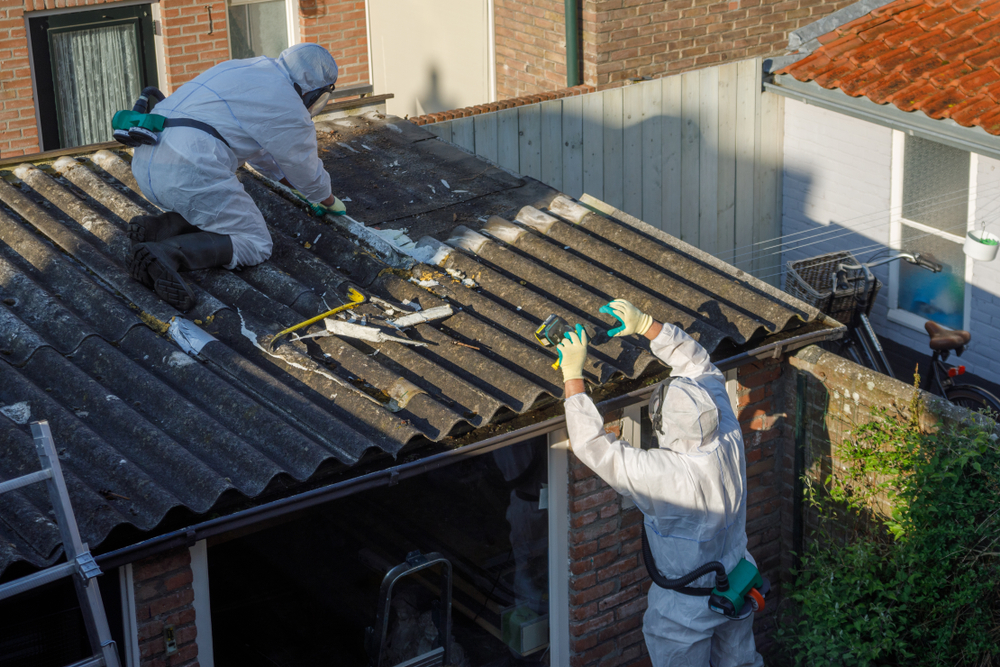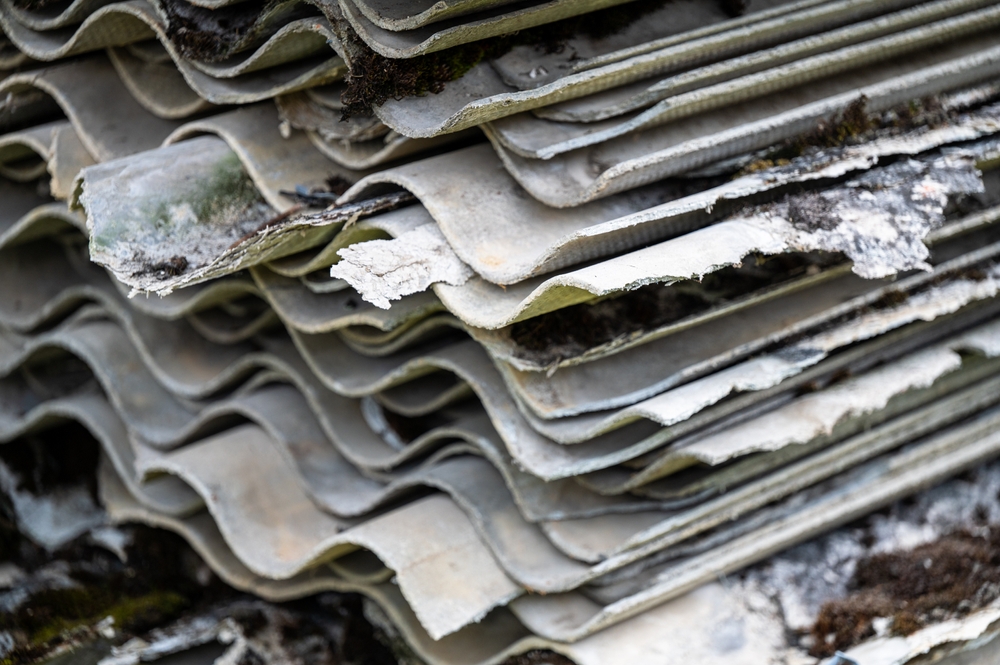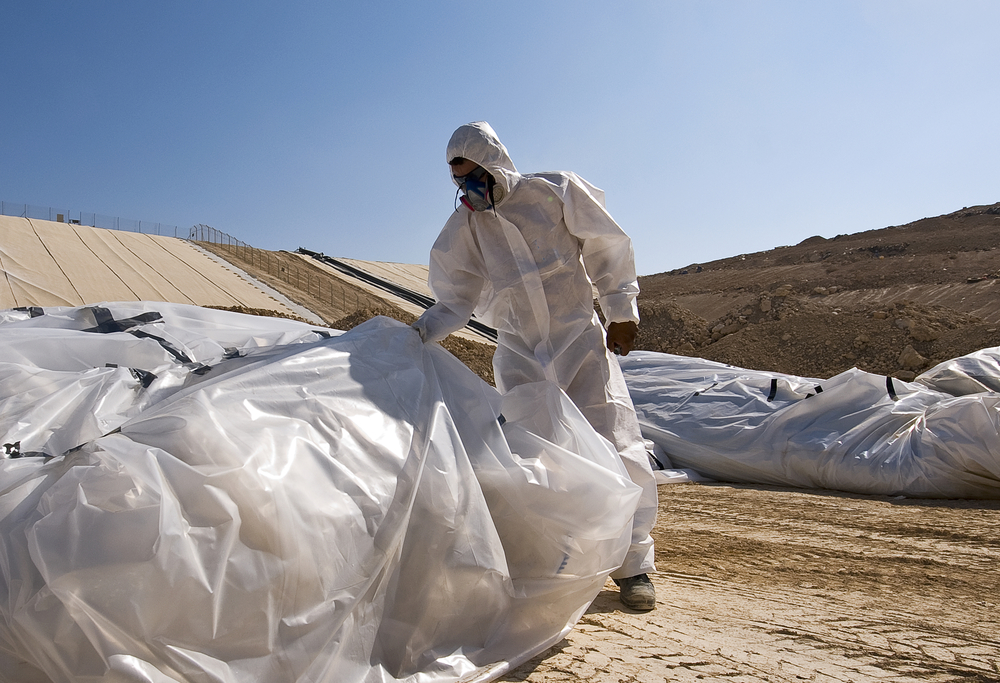
Did you know that asbestos, once a popular building material, can pose serious health risks if not adequately managed? Understanding how an asbestos inspection works is essential for property owners, managers, and renovators to help protect occupants and comply with legal responsibilities. Let’s explore the world of asbestos inspections and learn how to identify, manage, and mitigate the risks associated with this hazardous material.
The role of asbestos inspections is significant in protecting health and legal interests. Recognising potential health hazards, such as airborne asbestos fibres, and adhering to applicable legal obligations concerning asbestos management are two fundamental reasons behind the importance of asbestos inspections.

Asbestos exposure can lead to severe health issues, including lung cancer and mesothelioma, which are both examples of asbestos-related illness. Asbestos fibres, once inhaled, can become lodged in the lungs, causing inflammation and scarring over time. This chronic irritation and damage to lung tissue can result in the development of lung cancer. Mesothelioma, a rare and potentially life-threatening form of cancer, is also caused by asbestos exposure. With approximately 700 new cases of mesothelioma reported annually in Australia, it’s clear that understanding and controlling asbestos risks are vital to prevent asbestos-related illnesses.
Asbestos surveys aid in pinpointing and controlling these risks, guaranteeing the safety of building occupants and workers. Awareness of the health risks linked to asbestos exposure allows property owners and managers to make knowledgeable choices about managing and lessening these hazards.
Property owners and managers have a legal responsibility to manage asbestos risks and ensure the safety of occupants effectively. Asbestos survey reports are necessary to protect workers and building occupants from inhaling asbestos fibres during demolition or renovation activities. It’s also prudent for sellers and buyers to request an asbestos survey during commercial real estate transactions to avoid potential liabilities.
Additional information regarding the legal duties of workplace managers can be found at http://www.safeworkaustralia.gov.au/. Comprehending and adhering to these legal responsibilities enables property owners and managers to protect the health and well-being of building occupants effectively.

Asbestos can often be found in older buildings and various asbestos-containing materials. Recognising signs of its presence is essential for effective asbestos management.
As nearly one-third of Australian homes contain some form of asbestos, professional asbestos identification is imperative.
Buildings constructed between the 1940s and 1980s are more likely to contain asbestos materials due to its advantageous qualities such as:
Australia and the United States were among the nations that utilized asbestos in building materials most regularly during this period.
Asbestos may be present in various building materials, including:
Identifying potential locations of asbestos is the initial step towards its risk management.
Visual indicators of asbestos in a building may include the presence of asbestos-containing materials in hues such as:
However, it cannot be easy to identify asbestos solely by visual inspection, and a thorough examination or testing of a sample may be necessary for confirmation.
Potential characteristics of 9-inch square flooring tiles that could signify the presence of asbestos include an oily or greasy appearance, discolouration, and the use of black adhesive. Awareness of the signs of asbestos presence allows property owners to take necessary action to control and lessen the risks linked to this hazardous material.

Asbestos inspection is an exhaustive procedure comprising a visual assessment, sampling, and testing, succeeded by creating a detailed report documenting the findings and suggestions for managing asbestos risks.
The visual assessment stage of an asbestos inspection entails a comprehensive examination of all building components, encompassing all areas of the building and plant equipment. Inspectors conduct a systematic visual inspection of the site to assess areas for potential asbestos contamination, paying particular attention to possible asbestos-containing materials (ACMs) and examining every surface in the area.
To perform a successful visual asbestos assessment, an inspector should have:
A thorough and accurate visual assessment is the initial step in identifying asbestos-containing materials in a building.
After the visual examination, samples from areas potentially containing asbestos are collected for further testing. These samples are sent to a laboratory accredited by NATA for analysis.
It’s crucial to confirm that the laboratory conducting the testing is certified and accredited to ensure the reliability of the results. Once the presence and type of asbestos in the materials have been confirmed through sampling and testing, property owners can take the necessary precautions to manage and reduce the risks associated with asbestos exposure.

Upon the sampling and testing completion, a comprehensive building inspection report is generated detailing the asbestos-containing materials identified in the building. An asbestos inspection final report should include the following:
A qualified asbestos inspector or licensed asbestos consultant typically prepares the final asbestos inspection report. This report acts as a valuable resource to manage asbestos risks and guarantee the safety of building occupants and workers alike.
Selecting a competent asbestos inspector necessitates confirmation of the following:
This ensures they possess the required skills and knowledge as a licensed asbestos assessor for a comprehensive and accurate asbestos inspection.
Generally, asbestos inspectors are expected to have a license or certification to perform their responsibilities. The licenses and certifications required may differ based on the jurisdiction, such as a license from the state or local government agency responsible for regulating asbestos-related activities. Securing certification for asbestos inspection requires suitable education, training, and experience.
Certification for asbestos inspection is provided by licensed asbestos removalists and organizations that issue Class A and Class B licenses for asbestos removal. Verifying the license of an asbestos inspector can be done using the interactive tool provided by the local asbestos regulatory authority or by contacting the licensing authority in your state or province for a list of licensed inspectors.
A trustworthy inspector should have a demonstrated history and positive client reviews. Evaluating the inspector’s experience and past client reviews can guide you in making a knowledgeable choice when selecting an asbestos inspector for your project.
To verify the track record of an asbestos inspector, you can review if the inspector maintains an up-to-date asbestos register on the property and documents any modifications to the register. Researching the inspector’s experience and reputation by requesting references or searching for reviews or testimonials from past clients can provide valuable insights into their competence, professionalism, and the quality of their work.
Post-inspection, asbestos management involves constructing an asbestos management plan and, if necessary, implementing asbestos removal work to guarantee the safety of building occupants and workers.
An asbestos management plan is a comprehensive strategy that comprises the following essential elements:
The asbestos management plan also includes the asbestos register, plans of work, and schedule detailing the suggested asbestos response actions and the whereabouts of asbestos.
An asbestos management plan necessitates a review at least every five years to confirm its effectiveness and adherence to pertinent regulations and guidelines. Property owners can effectively manage and mitigate the risks associated with asbestos exposure by developing and maintaining an asbestos management plan.
If asbestos-containing materials are identified during an inspection, professional asbestos removal services should be employed to remove and dispose of these materials safely. Asbestos removal professionals must possess a license issued by the appropriate authority, such as WorkSafe, and adhere to specific guidelines and protocols to reduce health risks.
Employing a licensed asbestos removalist allows property owners to:

Implementing safety measures and promoting communication and awareness are essential precautions and best practices for effectively managing asbestos risks and ensuring the safety of building occupants and workers.
Property owners should take necessary safety precautions to limit asbestos exposure, such as managing asbestos risks by keeping an asbestos register and management plan, exercising caution during renovations to reduce exposure, and refraining from disturbing undamaged asbestos. Personal protective equipment (PPE) is essential for asbestos removal in Melbourne, including protective clothing, gloves, respiratory protection, and eye protection.
Alongside wearing appropriate PPE, following safe work practices for asbestos handling and removal is imperative, encompassing correct disposal procedures and minimizing the release of asbestos fibres by wetting the materials and applying proper containment methods.
Effective communication and awareness can help prevent accidental exposure and ensure proper asbestos management. Property owners can ensure the safety and well-being of building occupants and workers by providing training to building occupants and staff on asbestos awareness, including the risks associated with asbestos exposure and proper handling procedures.
While communicating asbestos risks to non-English speaking occupants, providing information in their native language, using visual aids when possible, and ensuring a platform for occupants to ask questions and seek clarification is necessary. These measures are critical for effectively communicating asbestos risks and promoting awareness among all building occupants.
Understanding asbestos risks and conducting thorough asbestos inspections are vital for protecting the health and safety of building occupants and workers and complying with legal responsibilities. Property owners can effectively manage and mitigate the risks associated with asbestos exposure by identifying asbestos-containing materials, developing and implementing an asbestos management plan, and employing qualified asbestos inspectors and removalists. Stay vigilant and informed to ensure the well-being of those on your property.
Asbestos Removal Australia is a leading provider of comprehensive asbestos inspection services. With a team of experienced and licensed professionals, we can thoroughly inspect your property, identify potential asbestos-containing materials, and collect samples for testing in a laboratory accredited by NATA.
If the tests confirm the presence of asbestos, Asbestos Removal Australia can also coordinate the safe and efficient removal of these hazardous materials. Our team adheres to strict safety protocols and regulations to remove the asbestos without risk to the health of occupants or workers. With Asbestos Removal Australia, you can rest assured that experts are managing your asbestos concerns.
Asbestos detection typically involves techniques such as phase contrast polarized light microscopy (PLM) and transmission electron microscopy (TEM). Other methods include X-ray diffraction (XRD) and infrared spectroscopy (IRS).
To assess asbestos, samples of suspect asbestos-containing materials need to be taken for laboratory analysis. Intrusive sampling should only be conducted with your approval, and laboratory testing is the only way to confirm the presence of asbestos.
Asbestos exposure can have serious health consequences, such as lung cancer and mesothelioma, as the tiny fibres may become lodged in the lungs, causing inflammation, scarring and potential genetic damage.
Property owners and managers are responsible for effectively managing asbestos risks, ensuring the safety of occupants, and following applicable legal obligations.
An asbestos management plan should be reviewed at least every five years to ensure its effectiveness and compliance with relevant regulations.
Posted By: Tommy Clappers
Leave a Reply